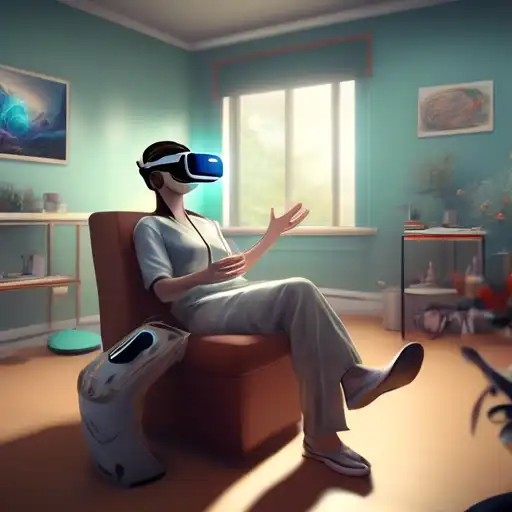The Transformative Role of Virtual Reality in Modern Therapy
Virtual Reality (VR) technology has transcended its initial entertainment-centric applications to become a groundbreaking tool in the field of therapy. By creating immersive, controlled environments, VR is revolutionizing treatment methodologies for a variety of psychological and physical conditions. This article explores the innovative ways VR is being utilized in therapy, offering new hope and possibilities for patients and therapists alike.
Understanding VR Therapy
VR therapy involves the use of virtual reality technology to simulate environments where patients can confront and work through their issues in a safe, controlled setting. This method has shown remarkable efficacy in treating conditions such as PTSD, anxiety disorders, and phobias, by allowing patients to face their fears without real-world risks.
Applications of VR in Therapy
The applications of VR in therapy are vast and varied. Below are some of the most impactful uses:
- Exposure Therapy: VR enables patients to confront their phobias or traumatic memories in a controlled environment, gradually reducing their fear response.
- Pain Management: Through distraction and immersion, VR has been effective in reducing perceived pain levels during painful medical procedures.
- Social Skills Training: Individuals with autism or social anxiety can practice and develop social skills in virtual scenarios that mimic real-life interactions.
- Physical Rehabilitation: VR games and exercises motivate patients to engage in physical therapy, improving outcomes through enjoyable activities.
Benefits of VR Therapy
VR therapy offers numerous advantages over traditional methods, including:
- Enhanced engagement and motivation for patients.
- The ability to simulate scenarios that would be difficult or impossible to recreate in real life.
- Customizable environments tailored to individual patient needs.
- Safe exposure to triggering stimuli without real-world consequences.
Challenges and Considerations
Despite its potential, VR therapy faces challenges such as high costs, the need for specialized equipment, and limited accessibility for some patients. However, as technology advances and becomes more affordable, these barriers are expected to diminish.
The Future of VR in Therapy
The future of VR in therapy is bright, with ongoing research exploring its potential in treating a wider range of conditions. Innovations in VR technology promise to make therapy more accessible, effective, and personalized than ever before.
For those interested in the intersection of technology and mental health, exploring mental health innovations can provide further insights into how digital tools are transforming care.
In conclusion, VR is not just changing the landscape of therapy; it's redefining what's possible in treatment and recovery. As we continue to uncover its potential, VR stands as a testament to the power of technology in enhancing human well-being.
